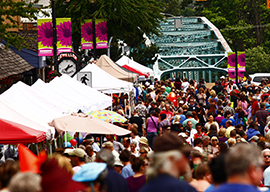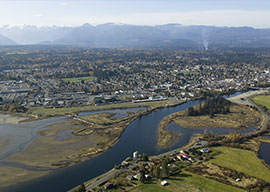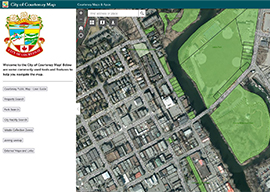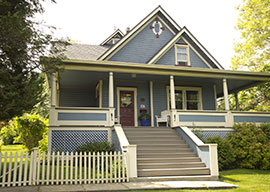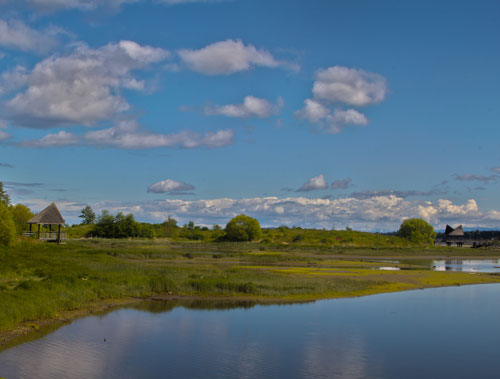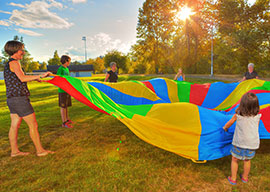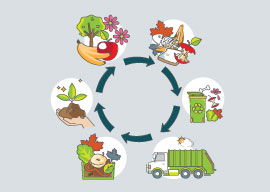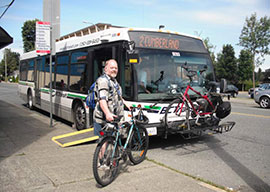Community
The City of Courtenay is situated on the east coast of central Vancouver Island, within the traditional lands of the K'ómoks First Nation. Accessible by land, sea or air, Courtenay is a culturally diverse community that offers supernatural beauty at its doorstep. The City of Courtenay (approximate population 28,000) is the urban and cultural hub of the larger community, the Comox Valley (approximate population 72,000).
